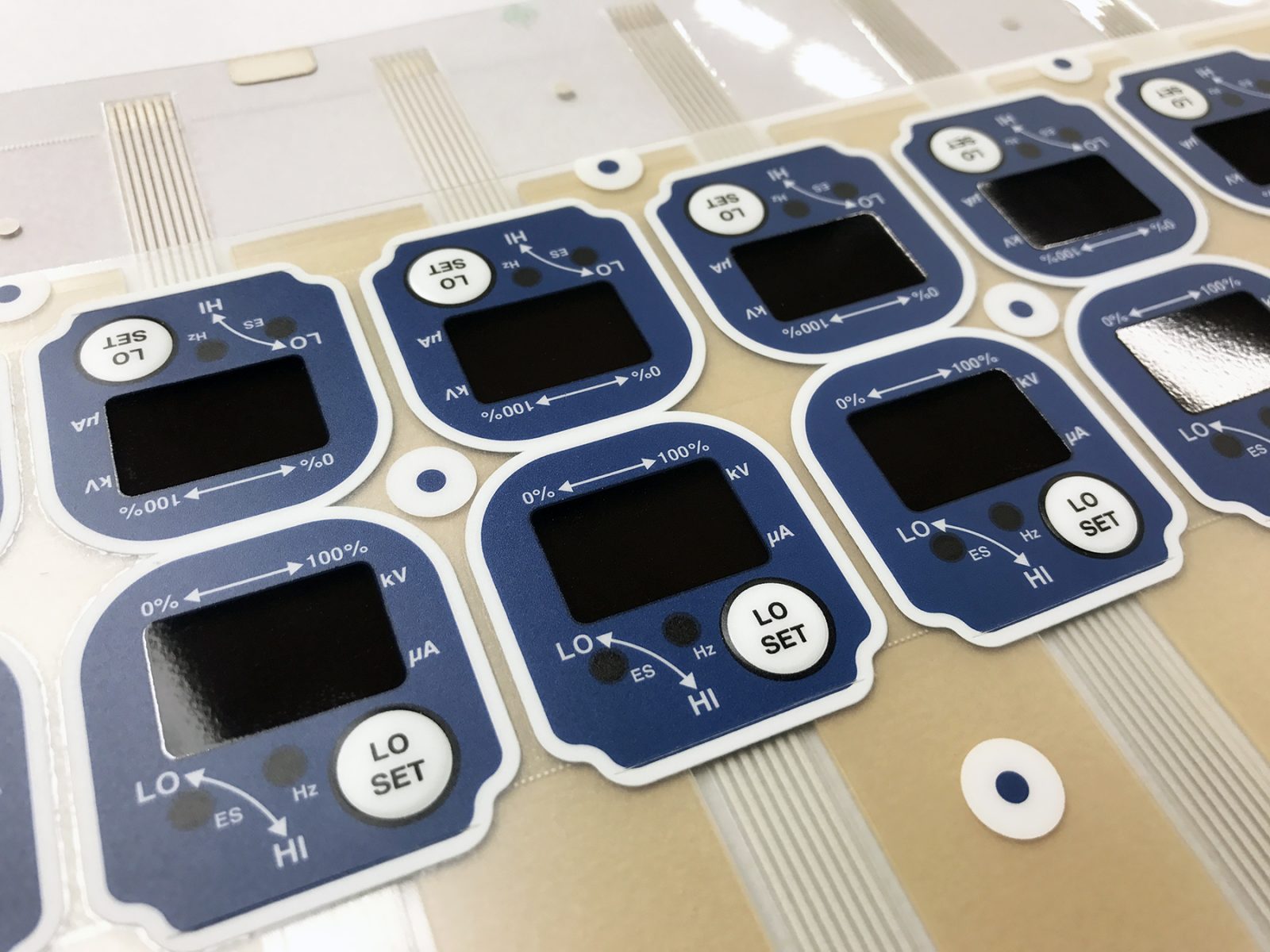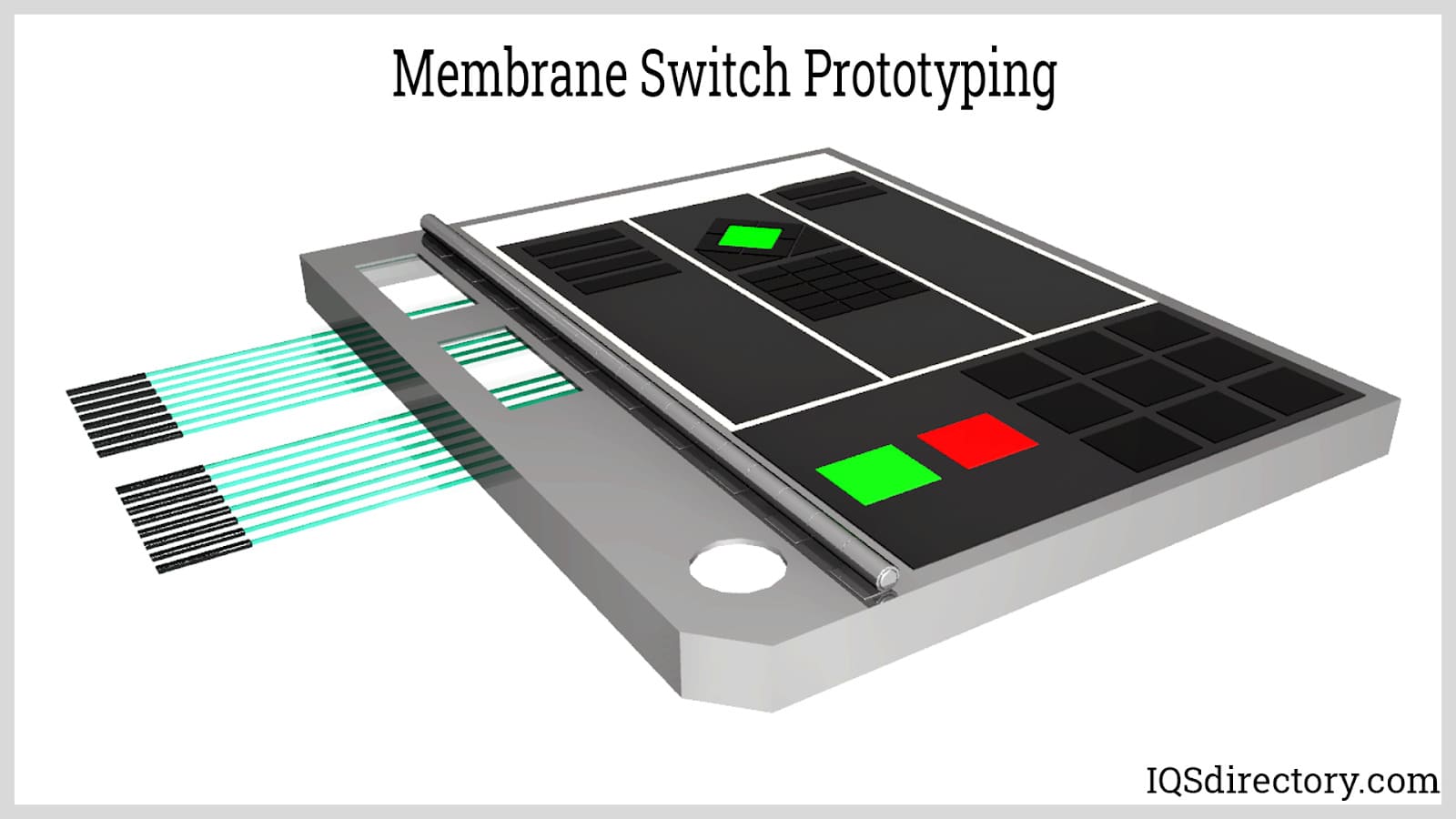Leading Advantages of Incorporating a Membrane Switch Into Your Digital Tools
Leading Advantages of Incorporating a Membrane Switch Into Your Digital Tools
Blog Article
Understanding the Performance of Membrane Switches Over for User User Interface Devices
The functionality of membrane switches represents a significant advancement in individual interface layout, incorporating performance with aesthetic versatility. As industries significantly focus on individual experience, recognizing the nuances of membrane button technology becomes important.
What Are Membrane Layer Buttons?
Membrane layer switches are ingenious interface devices that facilitate user communication with electronic equipment. These flexible elements include several layers, including a graphic overlay, spacer, and a printed circuit layer. The design allows for a seamless integration right into numerous digital tools, boosting both the visual and useful facets of user interfaces.
Membrane switches are typically employed in a variety of applications, from home home appliances to commercial machinery and medical devices. Their building usually features a slim account, making them a suitable choice for small styles. The tactile responses given by these switches can be crafted to satisfy details user preferences, ensuring efficient interaction between the individual and the tool.
Resilience is an additional considerable advantage of membrane switches, as they are immune to dust, wetness, and chemicals, which boosts their life expectancy popular environments. Furthermore, these switches can be personalized in regards to shape, size, and visuals style, enabling branding and user-specific attributes. In general, membrane switches represent a sensible remedy for improving user experience in digital gadgets, incorporating functionality with aesthetic appeal in an efficient way.
How Membrane Layer Changes Job
Operating on a simple concept, membrane changes utilize a split building and construction to sign up user input properly. Each switch is composed of multiple layers, consisting of a printed circuit layer, a spacer layer, and a leading graphic layer, which are made to collaborate flawlessly. When a user presses the leading layer, it presses the spacer layer, bringing the conductive aspects of the circuit layer right into call with each other.
This call creates a closed circuit, indicating the tool to perform a certain feature. The design enables for different setups, including responsive feedback, which can enhance the user experience by offering a physical feeling upon activation. The materials used in membrane switches commonly consist of flexible substrates, such as polyester or polycarbonate, which guarantee toughness and strength against wear and tear.

Secret Advantages of Membrane Buttons

One more significant benefit is their compactness. Membrane layer switches are thin and light-weight, which allows manufacturers to conserve area in their tools without compromising functionality. This feature is especially helpful in applications where weight and quantity are crucial considerations.
Additionally, membrane buttons are immune to dust, dampness, and chemicals, boosting their durability. This resilience expands their life expectancy and minimizes the requirement for regular replacements, leading to cost financial savings in time.
Furthermore, the responsive responses given by membrane layer buttons can be maximized to improve customer interaction. They can include attributes such as increased buttons or audible clicks, boosting functionality and individual experience.
Applications Across Industries
Interface devices making use of membrane buttons prevail in a broad range of industries, showcasing their versatility and capability. Membrane Switch. In the clinical industry, membrane layer buttons are essential to gadgets such as analysis tools and individual surveillance systems, where their longevity and simplicity of cleansing are crucial for maintaining health requirements. In the automobile industry, these switches are used in dashboard controls and infotainment systems, offering a smooth and modern interface for individuals.
Additionally, the customer electronic devices market advantages from membrane switches in devices and handheld gadgets, where small layout and easy to use interfaces enhance user experience. Industrial applications also take advantage of membrane find out here now layer switches over for control panels in equipment and automation systems, stressing their effectiveness and resistance to harsh atmospheres.
In the aerospace and protection industries, membrane switches are made use of in cabin controls and equipment, where dependability and efficiency under severe conditions are paramount. In addition, the pc gaming sector progressively integrates membrane layer switches in controllers and gallery hop over to these guys machines, adding to an appealing user experience. Overall, the versatility of membrane layer switches over enables their prevalent use throughout various markets, underscoring their value in contemporary interface layout.
Future Patterns in Membrane Change Technology

Additionally, using advanced materials, such as polycarbonate and polyester movies, is anticipated to climb, offering improved longevity and resistance to ecological stress factors. These materials contribute to the total long life of membrane layer switches, making them suitable for harsher industrial applications.
Furthermore, the consolidation of clever modern technology, including IoT connection, will make it possible for membrane layer buttons to communicate with other gadgets and systems, assisting in an extra interactive user experience. This pattern straightens with the expanding need for smart devices throughout numerous industries, from healthcare to customer electronic devices.
Last but not least, customization alternatives are prepared for to expand, permitting manufacturers to produce bespoke options tailored to particular individual demands and choices. These advancements will certainly position membrane buttons as essential components in the advancement of interface innovation.
Conclusion
In conclusion, membrane layer changes stand for a critical development in individual interface modern technology, providing a reliable and versatile option for diverse digital applications. As innovations in material scientific research and touch sensing innovations proceed, the capability and applicability of membrane buttons are expected to broaden, reinforcing their relevance in modern-day digital devices.
Report this page